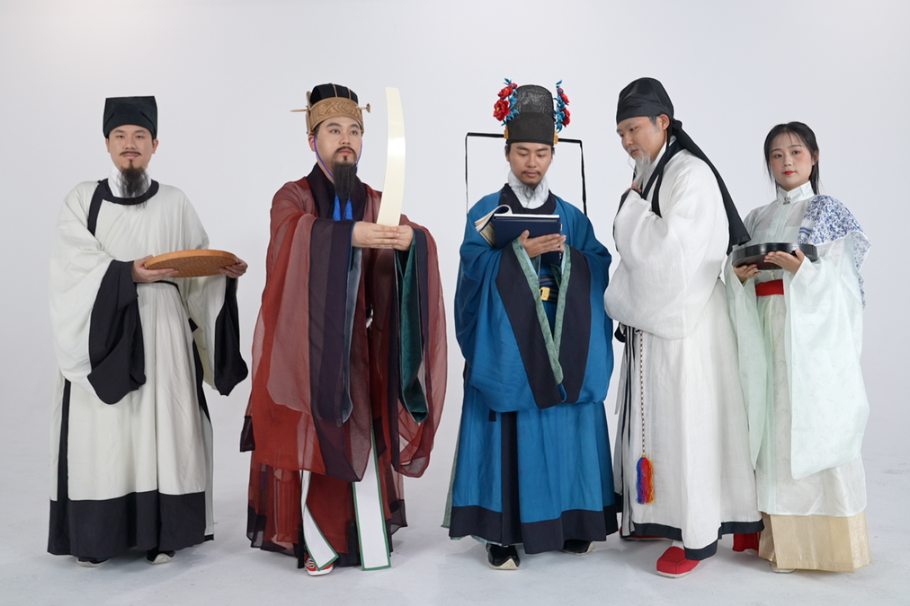75 years of progress in English learning


The evolution of English education in China over the decades mirrors the country's significant cultural and societal transformations.
Li Hua is a name familiar to many Chinese students, especially those born in the 90s and 00s. In middle and high school English exams, students are often tasked with writing a letter to an international pen pal on behalf of Li Hua, a fictional student. Over the years, the prompt and topics of these letters have evolved, reflecting the broader changes in English education in China over the past few decades.
This year marks the 75th anniversary of the founding of the People's Republic of China. The country has made tremendous progress in popularizing and advancing English learning, as well as fostering cross-cultural communication.
Tian Lijun, born in the 1970s in Dalian, Liaoning province, graduated from the Communication University of China in the 90s. She was first introduced to English during her first year of middle school.
"We spent the entire first semester learning the alphabet and phonetic symbols and the second semester learning simple vocabulary," she recalled. "I had no idea that the words we were memorizing would eventually form sentences, let alone that we were learning an actual foreign language."
Tian began middle school a few years after the launch of reform and opening-up in 1978. As Dalian is a port city, the school soon included English and Japanese in the curriculum.
"Seeing the societal changes around me, I felt a strong urge to learn English," Tian said.
In the following years, English education began at earlier stages and became more engaging.
Zhang Zhibin, 44, is an elementary school English teacher in Beijing with 24 years of teaching experience. He was first introduced to the language in sixth grade. For Gen Zers like Wang Mengqi, 27, exposure to English came even before elementary school.
"In kindergarten, we had those cute textbooks where the letters were drawn in different shapes and colors, and vocabulary came with pictures," said Wang, now a high school English teacher with three years of experience in Beijing.
The classroom environment, in terms of teaching methods and technology, has also changed drastically since the 1980s. For example, Tian's first English teacher taught in Chinese, but Wang shared that she and her colleagues now encourage students to switch to an English-only mode during class.
While teachers in the 1980s and 1990s primarily relied on blackboards and, in some larger cities, outdated slide projectors, Wang noted that high school students at her school now frequently use computers in multimedia classrooms to practice listening and speaking. Seniors even have the chance to use AI devices for speaking practice: after students read a passage, the device scores their reading, highlighting both their strengths and areas for improvement.
"I've found that students are especially attentive and engaged when we incorporate technology into the classroom," Wang said.
The improvement in Chinese students' English proficiency is not only a result of advancements in technology and classroom arrangements but also the development of textbooks and curriculum standards, which, according to Zhang, are constantly evolving to meet educational needs and reflect societal trends.
"With the rapid pace of knowledge updates, textbooks must timely reflect the latest research and information. Changes in curriculum standards also aim to enhance student abilities, such as critical thinking, innovation, and information literacy," Zhang said.
Lei Chenxiang, 17, a high school student in Xi'an, Shaanxi province, has noticed this ongoing evolution of his textbooks. "A recent international event may appear in the next printed edition of the textbook. The content is really connected to what's happening in the world," he said.
Another change in English learning is the focus of students' short essay prompts, which often feature the recurring character, Li Hua.





































